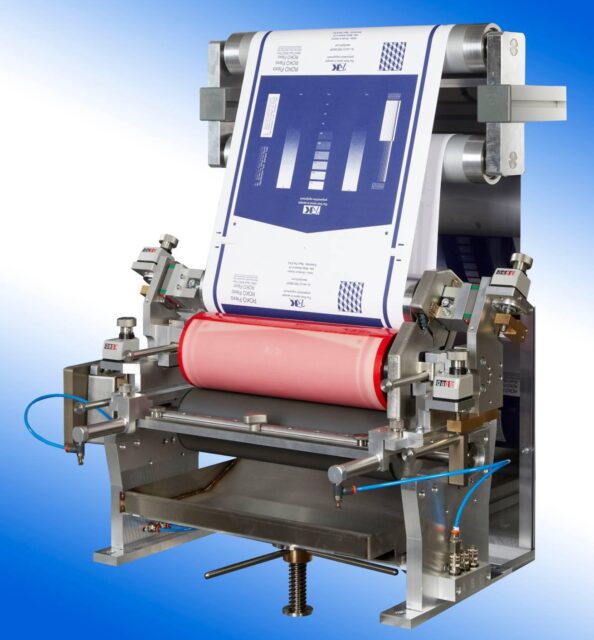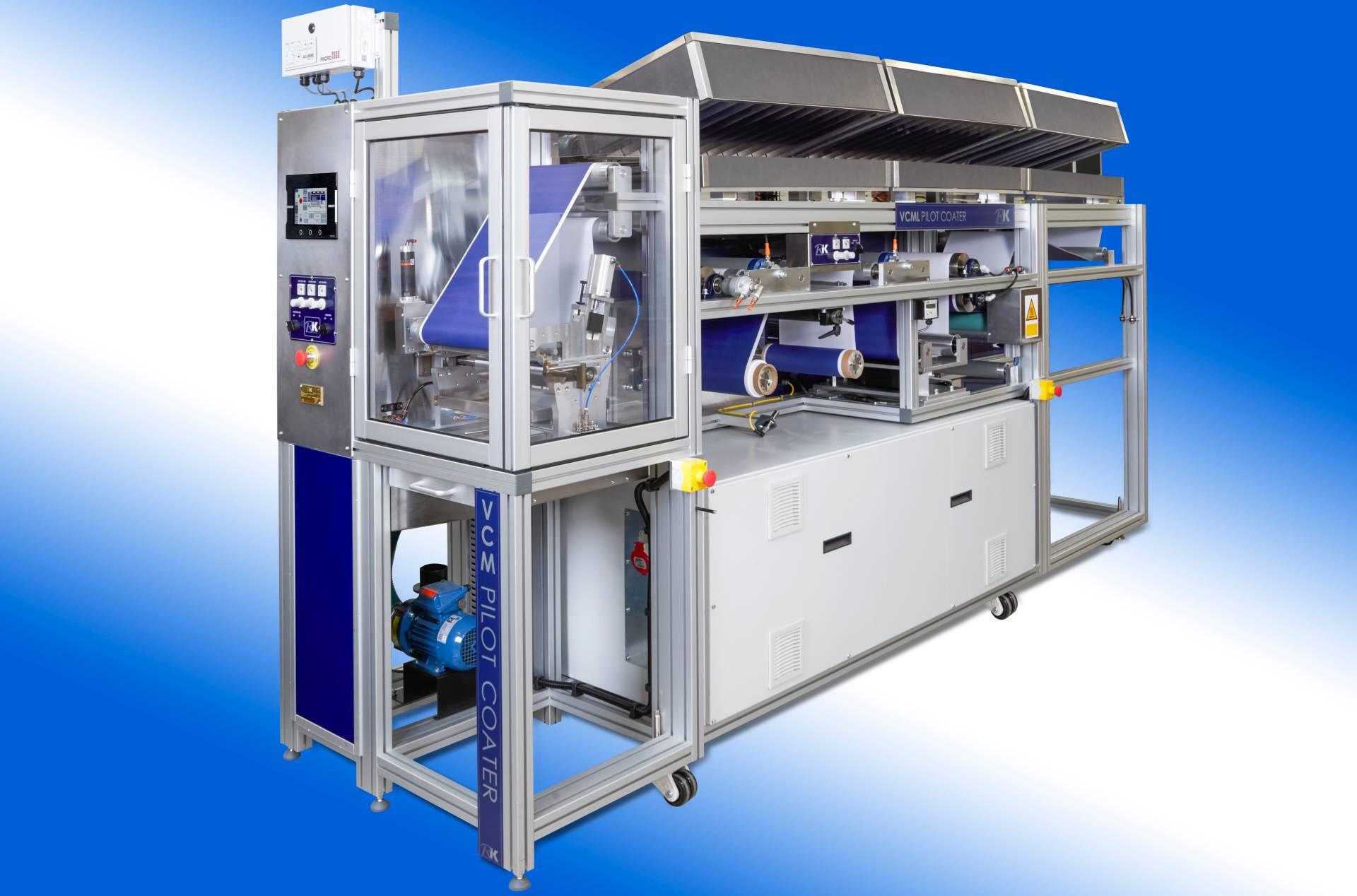Brand owners, marketing directors, store managers and the various retail supply chain providers cannot be too careful these days. The risk of product tampering, counterfeiting, retail theft, shoplifting, in-store product sampling, product diversion and unauthorised distribution is all too real. Few items, if any, are immune from the various risks posed by counterfeiting and other criminal acts.
There are countless reasons why brand owners and their suppliers should take steps to protect product investment. Counterfeiting for example undermines the trust built up between the customer and the brand. If a customer is fooled by a fake, its inferior quality and if it’s food or medicine, the harm it could cause, will reduce the possibility of future purchase.
Safety concerns
Counterfeiters cheat legitimate manufacturers by bypassing research and development processes as well as the initial costs associated with bringing a product to market. The latter includes quality assurance processes as well as the above and below marketing and advertising expenditure.
The fact that counterfeit goods will not have been tested or produced to regulatory standards may well mean that there are safety concerns, which again may result in unwelcome publicity and even possible litigation. Although the brand owner may seemingly be the innocent party, they may be deemed negligent in not providing sufficient product protection.
Counterfeiting is far from victimless. It’s also nothing new. The scope and diversity of counterfeiting creates parallel markets in many product categories, negatively affecting regular markets, distorting competition and eroding consumer confidence. State revenues are also diminished, while risks to health and safety increase. But that’s not all.
Take that bag with the Gucci look and logo that the out-of-towner has just bought from a street trader. Sure it seems such a bargain. It’s half the price of something that looks almost the same that’s on sale in an up market department store on Berlin’s Friedrichstrasse or for that matter from a store on Paris’s Boulevard Haussmann. The buyer may walk away feeling happy that the bag was affordable and even if the product is a knock off and may only last a short time, why should the buyer care?
Packaged for protection and presentation
How would our hypothetical bargain hunter feel about the purchase if they knew that a migrant worker somewhere was being forced into gluing designer labels onto a generic item for a pittance, or that the purchase funded organised crime and terrorism? Would our purchaser be so happy if they were sick and bought medicine that was counterfeit – making them worse? Would they be so pleased if the pack of salmon or box of chocolates that our shopper bought at such a suspiciously low price was not all it seemed? The answer to all of these questions is that of course our shopper wouldn’t be happy.
Goods are packaged for protection, presentation and to extend the life of the product in the retail environment and up to the point where the customer opens the pack ready for use or for consumption. Packaging attracts and is often regarded as being synonymous with the brand. Colour builds brand image. Colour, graphics and other content serve as the face of the product. Without opening the box for examination the consumer knows what too expect. For these reasons packaging and labelling are in the front line when anti-counterfeiting/anti-tampering measures are considered.
Irrespective of whether overt or covert methods of protection are chosen, or indeed a combination of both the aim is to present barriers to the counterfeiters. Manufacturers, packaging technologists and those responsible for overall spend seek to keep a balance, they must provide authentication technology appropriate to the level of threat while keeping costs within bounds. Moreover the technology must be integrated in with printing and the various converting processes.

Deterring counterfeiters, attracting consumers
Many of the favoured devices are of a dual nature, making them doubly attractive to decision makers and product owners. Some devices can both deter a counterfeiter while attracting the browsing consumer and making sales. An example within this category is the hologram, which can be integrated in with primary or secondary packaging. Shrink sleeves, shrink bands, induction seals over bottlenecks and swing tickets and tags with integrated RFID technology are amongst the weapons in the armoury of devices available to make life more difficult for counterfeiters and others engaged in criminal activities.
Because the hologram causes light to be reorganised as the viewer or the hologram moves, its eye appeal is unique. Few people can resist the sparkle and shine of a hologram. The item on which the hologram is displayed whether it’s a bar of chocolate box or an expensive gift box has a better chance of being picked up and purchased then other less imaginatively packaged items. Holograms can be applied to almost any surface either as a label, a laminate or as a hot stamping foil.
Holograms for security applications have evolved over time. Some of the options for OVD (Optical Variable Devices) and DOVID (Diffractive Optical Variable Devices) devices may include animated fine lines; areas of the image containing microscopic lines in the form of animated lines that move in a clear and defined manner. Another option is covert moiré lines or areas of an image that contain micro-lettering, numbers or other symbols not discernable to the human eye, but verifiable with viewing equipment. Areas of an image that are fully 3D derived from a recording or from 3D computer modelling are a possibility, etc.
VCM coater for the production of holographic materials
RK Print Coat Instruments’ custom bespoke VCM pilot or production coater has been supplied for the production of holographic materials and for anti-counterfeiting and security applications. Each VCM is designed and constructed differently in order to meet specific application requirements. What each machine does share in common is higher specification drives, tension and web control equipment. Rigid and stable framework facilitates the processing of wider and heavier substrates, while allowing considerable flexibility to modify the machine as processing needs change over time.
Selectable coating, print and lamination technology for the VCM may include flexo, gravure, knife-over-roll, slot die, screen print, meter bar, reverse roll and much more. Wet or dry laminating are additional options; drying technologies may include hot air, IR and UV curing. Corona treating, flame proofing are optional extras; the VCM can also be configured for clean room conditions.
Written by Tom Kerchiss, Chairman of RK Print Coat Instruments Ltd

